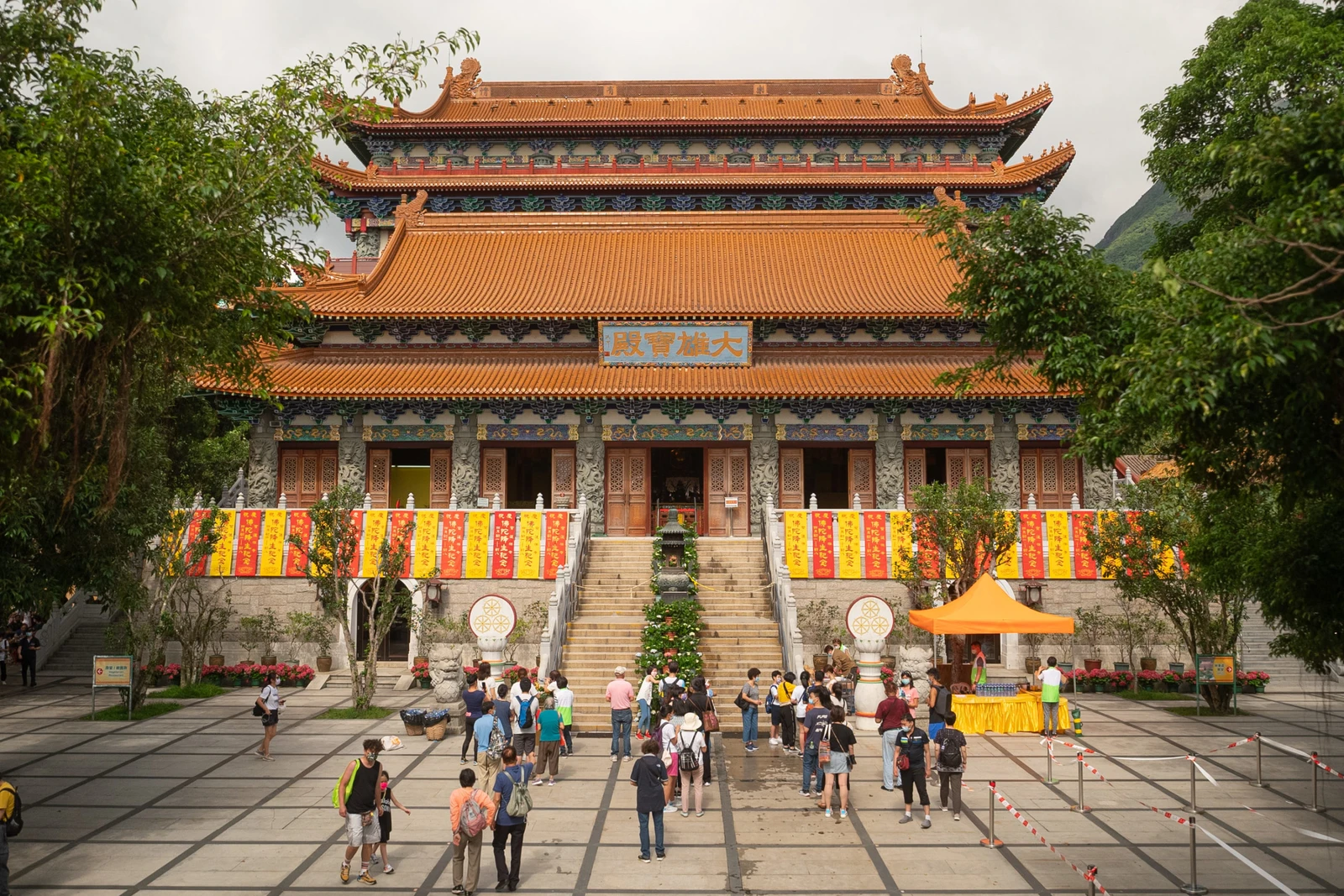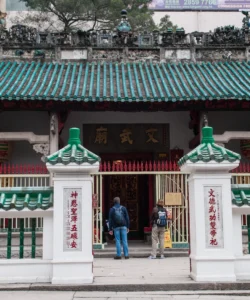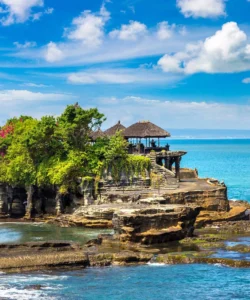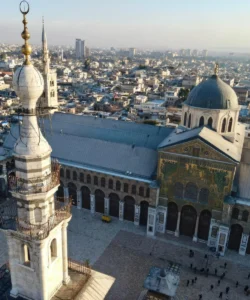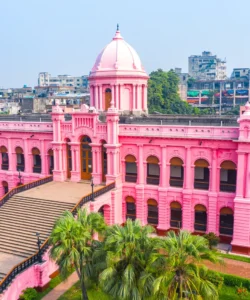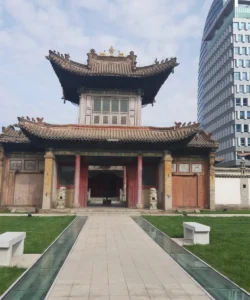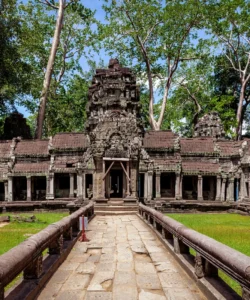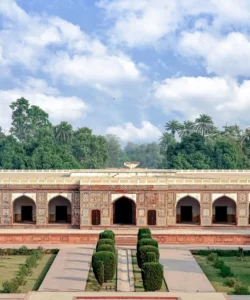Po Lin Monastery, meaning “Precious Lotus,” is a prominent Buddhist monastery nestled on the serene Ngong Ping Plateau of Lantau Island in Hong Kong. Founded by three Buddhist monks in 1906, it initially served as a humble “Big Thatched Hut” before being formally renamed in 1924. Today, it stands as one of Hong Kong’s most important and active Buddhist centers, drawing pilgrims and tourists alike. Its fame is intrinsically linked to the colossal Tian Tan Buddha statue, which sits majestically adjacent to its grounds.
![]()
Name: Po Lin Monastery (寶蓮禪寺)
Address: Ngong Ping Plateau, Lantau Island, Hong Kong.
How to get there:
Reaching Po Lin Monastery is an integral part of the experience, offering scenic journeys:
- Ngong Ping 360 Cable Car: This is the most popular and picturesque way. Take the MTR to Tung Chung Station (Exit B), then walk to the Ngong Ping 360 Cable Car terminus. The 25-minute cable car ride provides stunning aerial views of Lantau Island, the South China Sea, and the Big Buddha itself as you approach.
- By Bus: From Tung Chung MTR Station’s bus interchange (opposite Exit B), take public bus route 23 directly to Ngong Ping. This journey takes approximately 45-50 minutes and offers a different perspective of the island’s landscape. Alternatively, from Mui Wo (accessible by ferry from Central Pier 6), take bus route 2.
- By Taxi: Taxis are available from Tung Chung MTR Station for a more direct, but generally more expensive, ride to Ngong Ping.
- Hiking: Various hiking trails lead to Ngong Ping, offering a challenging yet rewarding way to reach the monastery and the Buddha, often combined with visits to other parts of Lantau.
Landscape and Architecture:
Po Lin Monastery is a complex of traditional Buddhist architecture set within a tranquil, verdant landscape:
- Traditional Chinese Buddhist Style: The monastery complex adheres to classic Chinese Buddhist architectural principles, featuring multi-tiered roofs with upturned eaves, intricate carvings, vibrant red and gold color schemes, and ornate decorations.
- Main Shrine Hall of Buddha: This is one of the oldest surviving structures within the monastery, completed in 1970. It houses three bronze statues representing the Buddhas of the Past, Present, and Future.
- Grand Hall of Ten Thousand Buddhas: A newer and more elaborate hall, completed in 2014, showcasing a vast number of Buddha statues, a scripture library, and exhibition spaces. Its design combines ancient Buddhist art with contemporary architectural techniques.
- Tian Tan Buddha (The Big Buddha): While not part of the monastery’s original architectural fabric, the colossal bronze statue (26.4m tall, 34m with base) is undeniably its most famous and prominent neighbor. It sits majestically on a three-tiered altar, accessible by 268 steps, overlooking the monastery.
- Bell and Drum Towers: Symmetrically placed structures that house traditional instruments used for monastic rituals.
- Mountain Gate (San Men): The formal entrance to the monastery, often adorned with traditional carvings.
- Landscaped Gardens: The monastery grounds include well-maintained gardens with patches of landscaping, including a Bauhinia Grove (Bauhinia is the flower of Hong Kong) and a Banyan Grove, creating a serene and contemplative environment.
- Vegetarian Restaurant: The monastery operates a popular vegetarian restaurant, offering simple yet delicious Buddhist meals to visitors.
What makes it famous:
Po Lin Monastery is famous for:
- Spiritual Heart of Hong Kong Buddhism: It is considered the most important Buddhist monastery in Hong Kong and a significant center for Chan (Zen) Buddhism, attracting a large number of local devotees and international pilgrims.
- Proximity to Tian Tan Buddha: Its fame is inextricably linked to the Tian Tan Buddha (Big Buddha), which was consecrated in 1993 and immediately became a global icon. Visitors often see the monastery and the Buddha as a single, integrated spiritual experience.
- Impressive Buddhist Art and Architecture: The monastery showcases exquisite examples of Buddhist art, including its grand halls, intricate statues, and detailed carvings, representing a blend of traditional craftsmanship and modern construction.
- Tranquil Retreat: Despite its popularity, the monastery and its surrounding natural environment offer a peaceful escape from the hustle and bustle of downtown Hong Kong, providing a sense of serenity and spiritual calm.
- Cultural Significance: It plays a vital role in preserving and promoting Buddhist culture and values in Hong Kong and beyond, offering a glimpse into the region’s spiritual heritage.
Differences from some other wonders:
Po Lin Monastery, while sharing characteristics with other religious sites, has unique distinguishing features:
- Synergy with a Modern Colossal Statue: Unlike many ancient monasteries that are purely historical sites, Po Lin Monastery’s fame and visitor experience are profoundly amplified by its direct adjacency to the modern, monumental Tian Tan Buddha. This creates a unique dynamic between an established spiritual institution and a relatively contemporary, globally recognized symbol of faith.
- Active Buddhist Practice vs. Museum: While some monasteries (like the Choijin Lama Temple Museum in Ulaanbaatar) have been preserved as museums, Po Lin Monastery remains a vibrant, active center of Buddhist practice. Visitors can observe monks performing daily rituals and ceremonies, offering an authentic insight into living monastic life, albeit with a significant tourist presence.
- Remote Island Setting (for Hong Kong): While Hong Kong is a dense urban center, Po Lin Monastery is located on Lantau Island, in a relatively remote and natural setting on Ngong Ping Plateau. This provides a striking contrast to the city’s high-rise landscape and contributes to its tranquil atmosphere, which is different from urban temples.
- Integrated Tourism Infrastructure: The development of the Ngong Ping 360 Cable Car and Ngong Ping Village around it, specifically to facilitate tourism to the Big Buddha and the monastery, makes it a highly accessible spiritual site with a modern, convenient infrastructure not always found at other remote monasteries.
- Blend of Old and New Architecture: While retaining its traditional core, the monastery has undergone significant expansion and modernization, exemplified by the Grand Hall of Ten Thousand Buddhas. This showcases a blend of older traditional styles with contemporary interpretations, reflecting its continuous evolution as a living spiritual center.
In essence, Po Lin Monastery is a revered sanctuary that gracefully marries traditional Buddhist architecture and practices with a dramatic natural setting and the awe-inspiring presence of the Tian Tan Buddha, offering a holistic spiritual and cultural experience unique to Hong Kong.
